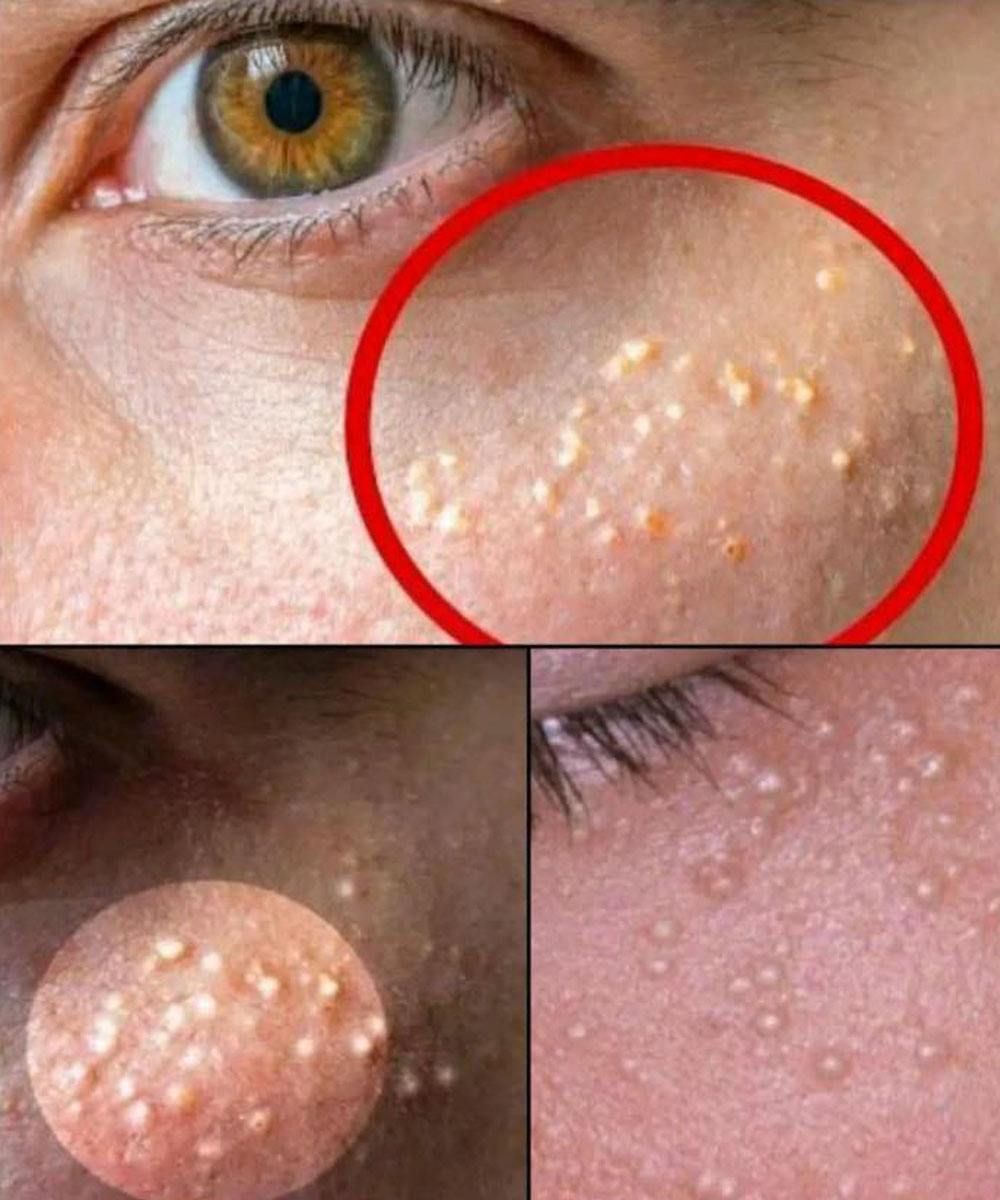Milia can affect people of all ages, but older adults may be more prone to them due to slower cell turnover and long-term skin damage. Here’s what might cause or worsen these tiny cysts:
Dead skin cells that fail to shed properly
Sun damage — long-term exposure can thicken the skin and increase buildup
Skin trauma or injury (e.g., burns, abrasions, or rashes)
Use of heavy or oil-based creams, especially around the eyes
Long-term use of steroid creams
A side effect of certain autoimmune or genetic conditions
It’s also worth noting that milia can appear in adults even without obvious cause. Sometimes, it simply reflects how the skin is aging and regenerating over time.
Where Do Milia Show Up?
Milia can appear anywhere on the body, but they are most commonly found on:
Under the eyes
Upper cheeks
Forehead and temples
Arms and legs
Occasionally, in the mouth or on intimate areas
For older adults, milia around the eyes and cheeks are especially common, as the skin in those areas is thinner and more delicate.
Should You Be Concerned?
In most cases, milia are completely harmless. They don’t itch. They don’t hurt. And they’re not contagious.
However, they can be mistaken for other skin issues, so if you’re unsure whether the bumps are milia, have them evaluated by a healthcare provider—especially if they change in size, color, or become inflamed.
What Not to Do: Please Don’t Squeeze!
